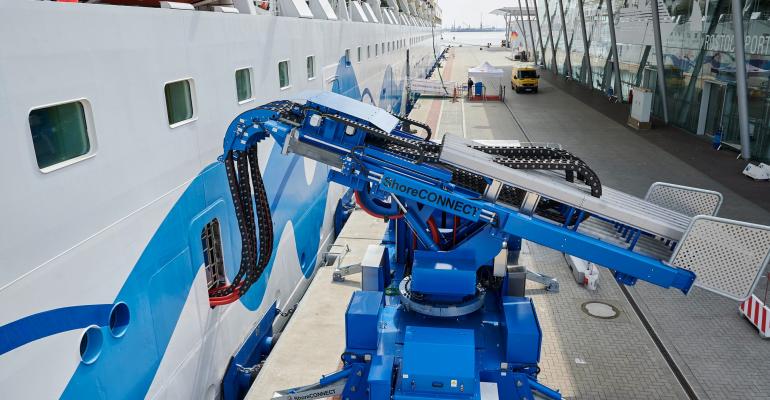From the user perspective, the four major cruise groups, accounting for 83.4% of the ocean going cruise fleet, plan to have at least 56% of their overall fleet shore power ready before 2026.
Bermello Ajamil & Partners Europe
Bermello Ajamil & Partners Europe conducted the report reaching out to 50 Baltic ports in ten countries and four of the largest cruise groups (Carnival Corp., Royal Caribbean Group, Norwegian Cruise Line Holdings and MSC).
The results are based on the response from 40 ports, of which three are able to supply shore power to cruise ships, two are in the process of installing facilities and eight are investing within the next two to 10 years.
‘Investments in onshore power supply help the cruise industry to reduce CO2 emissions, but to really succeed in doing so, ports and cruise lines must strengthen their collaboration. Many of our cruise guests are highly aware of the environmental impacts of travelling the world, and investments in OPS are a good way for cruise ports and the cruise industry to address these concerns as OPS eliminates air pollution and decreases the noise level at the ports,’ Cruise Baltic Director Claus Bødker said.
Despite many good arguments for investments in green OPS, such as eliminating carbon emissions and reducing noise, the high costs make it challenging for some ports and cruise lines to find the right funding for these investments.
Copyright © 2024. All rights reserved. Seatrade, a trading name of Informa Markets (UK) Limited.
Add Seatrade Cruise News to your Google News feed.  |

